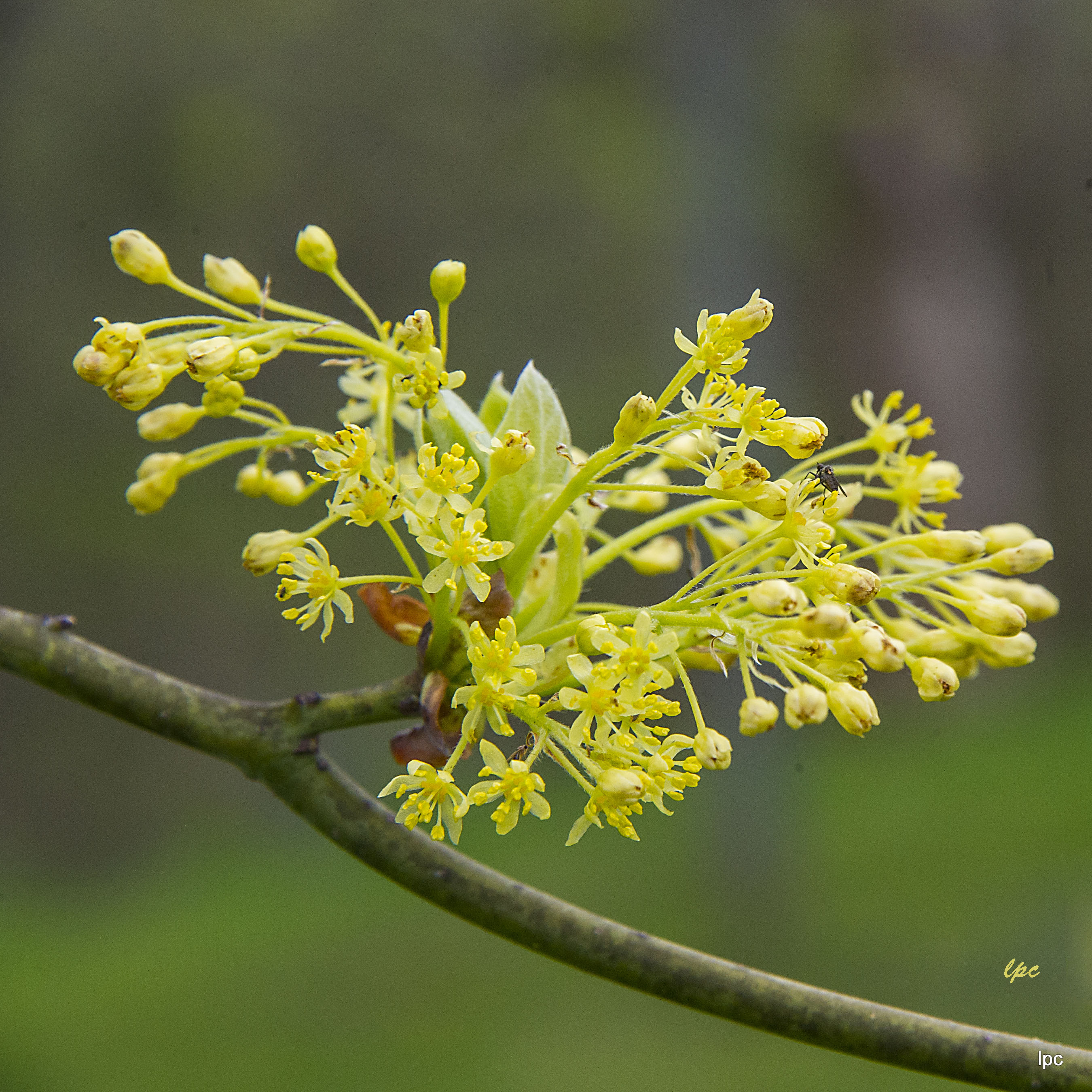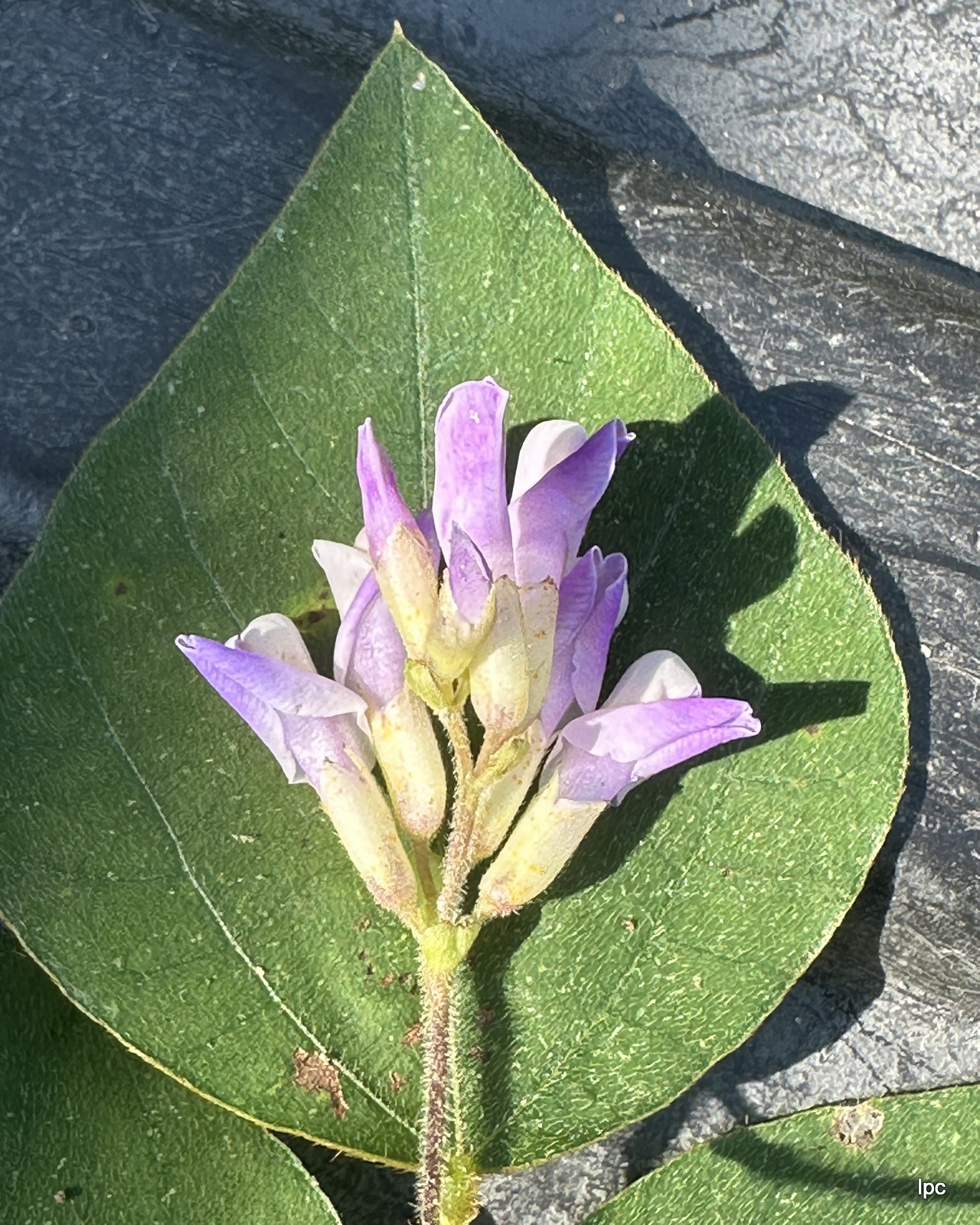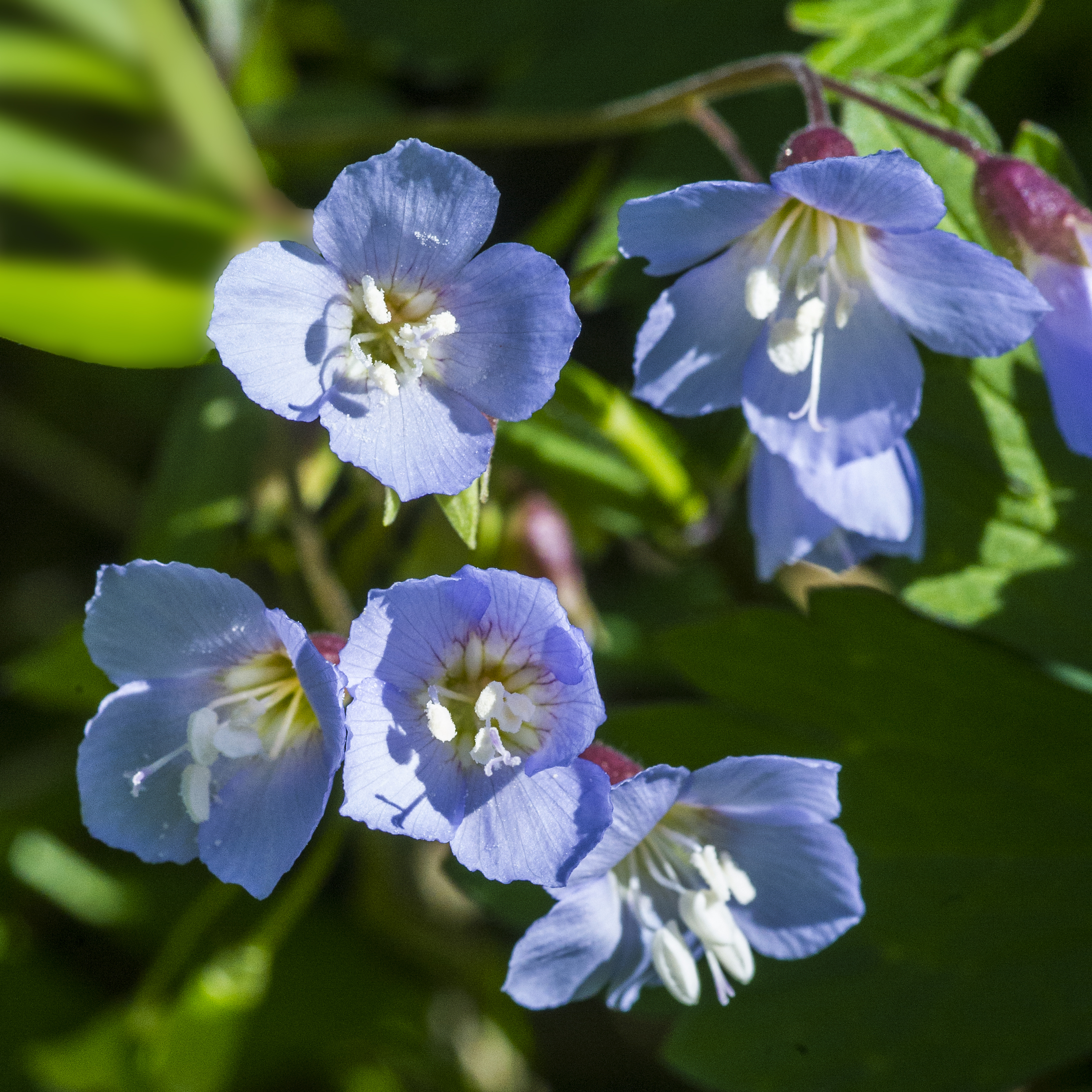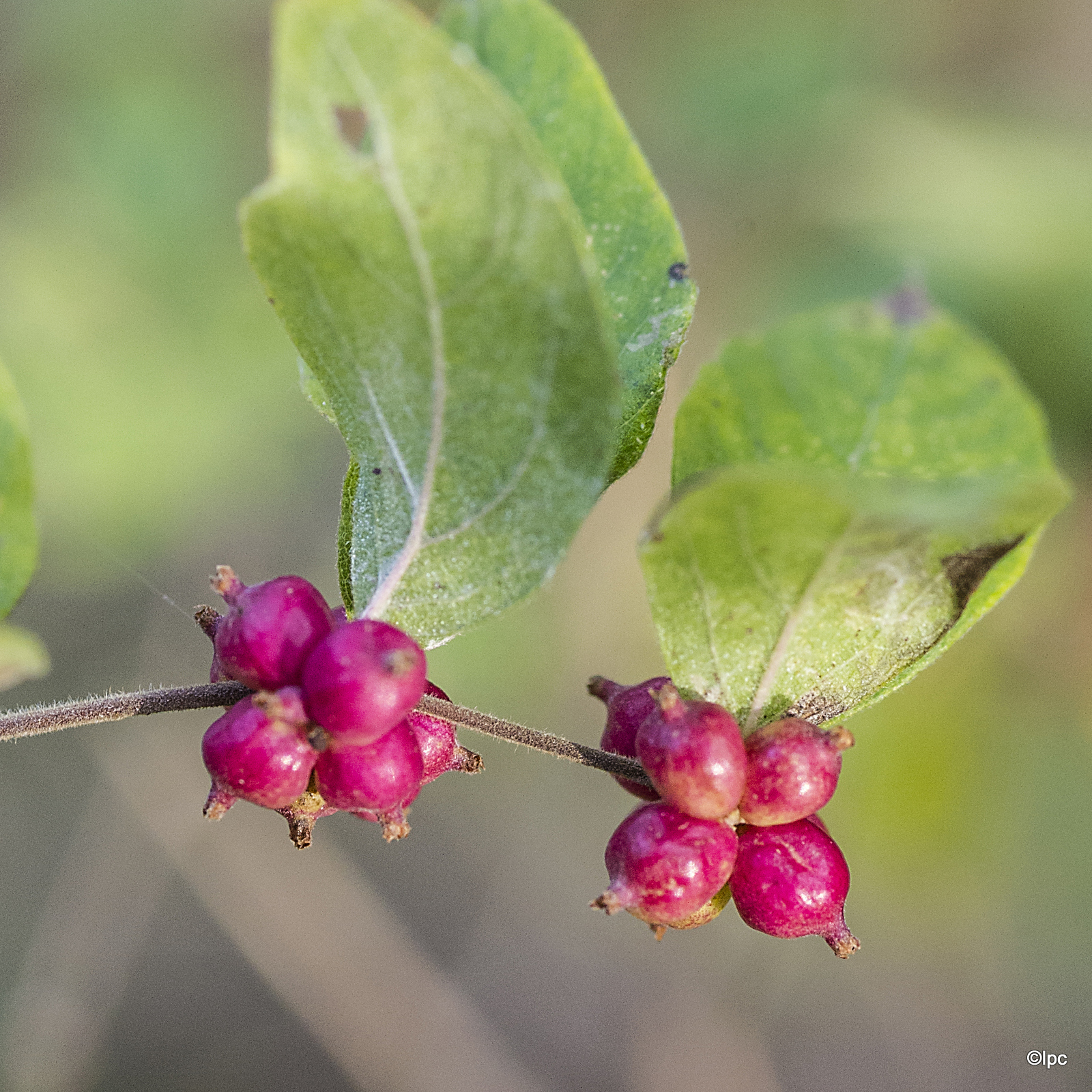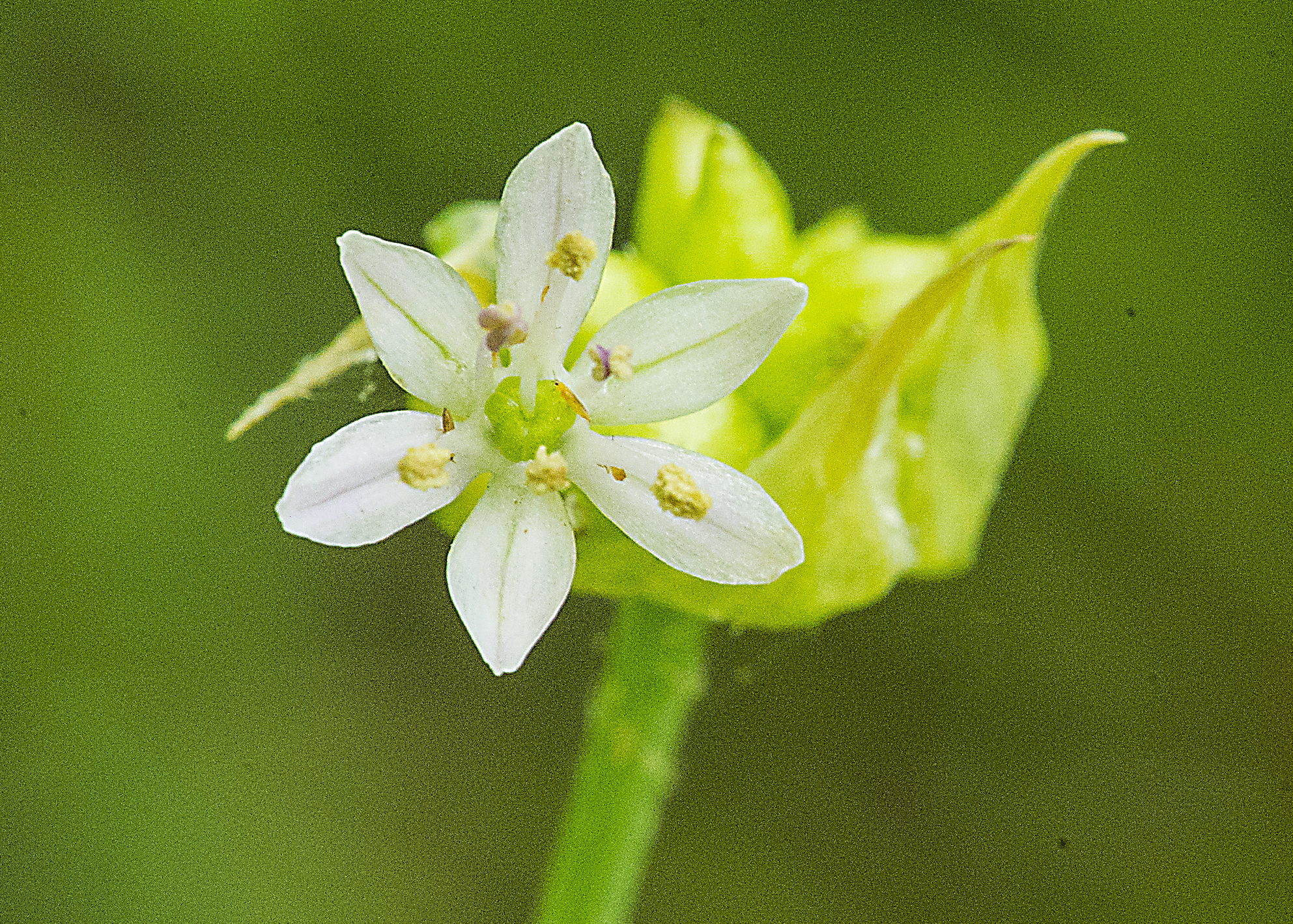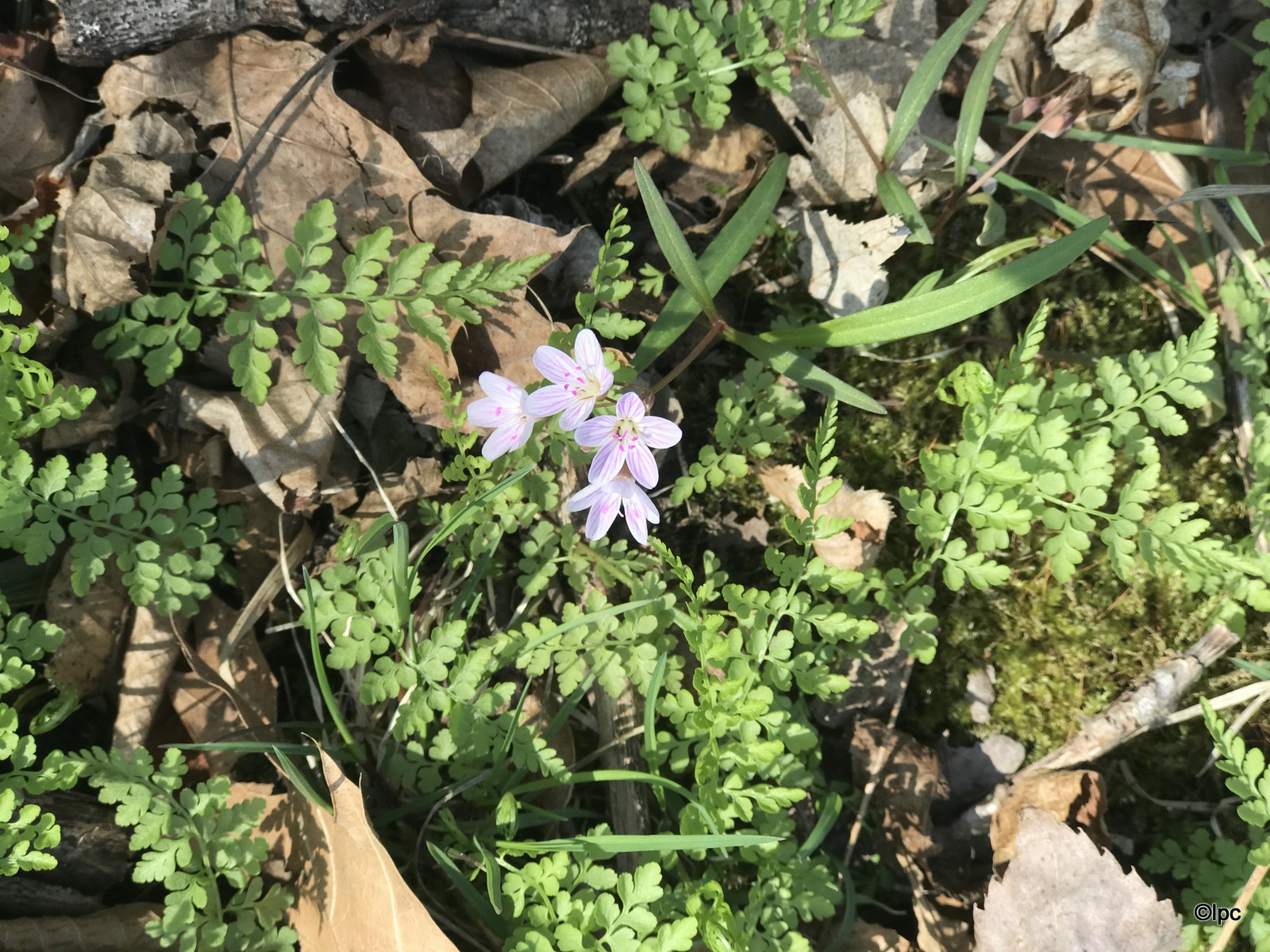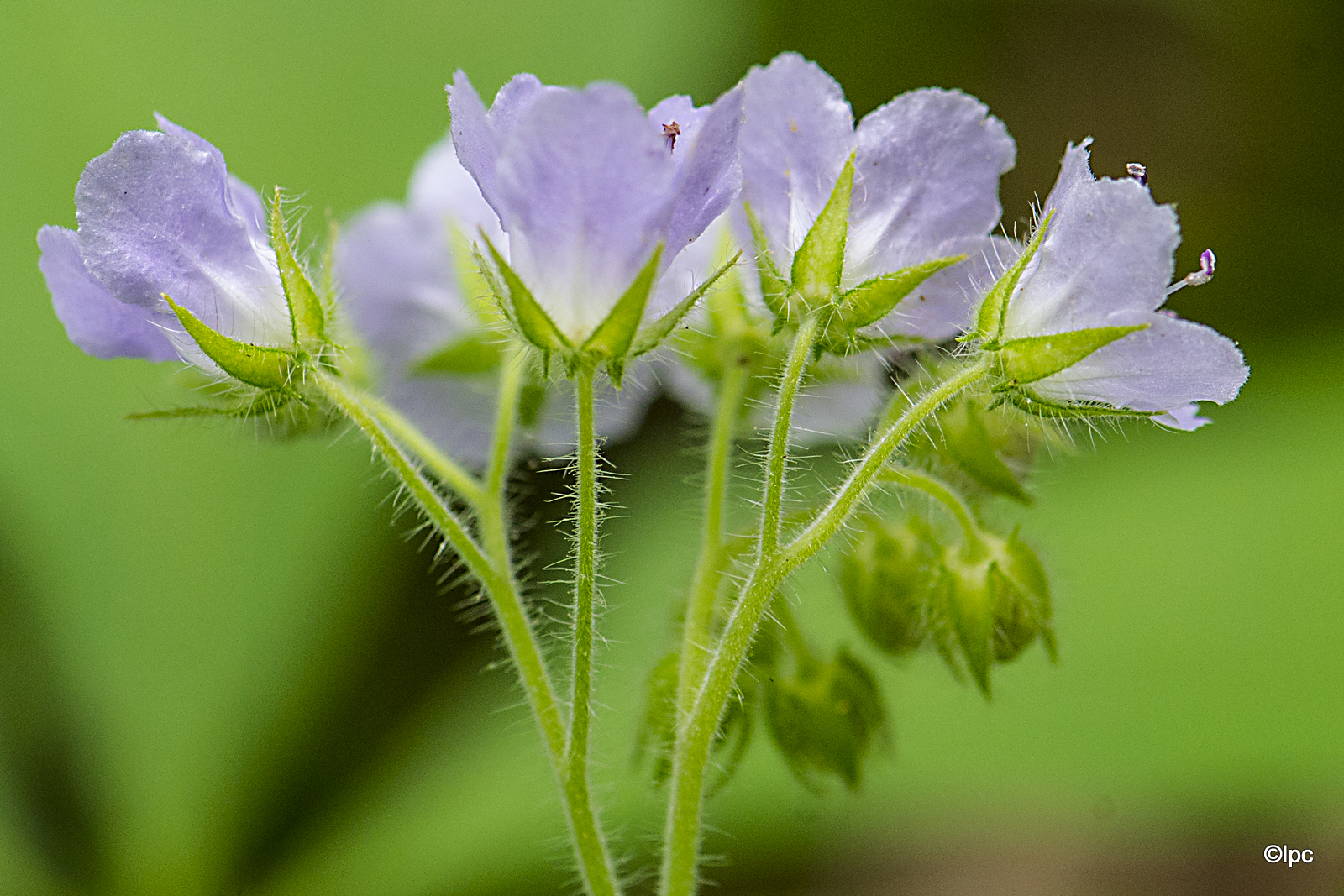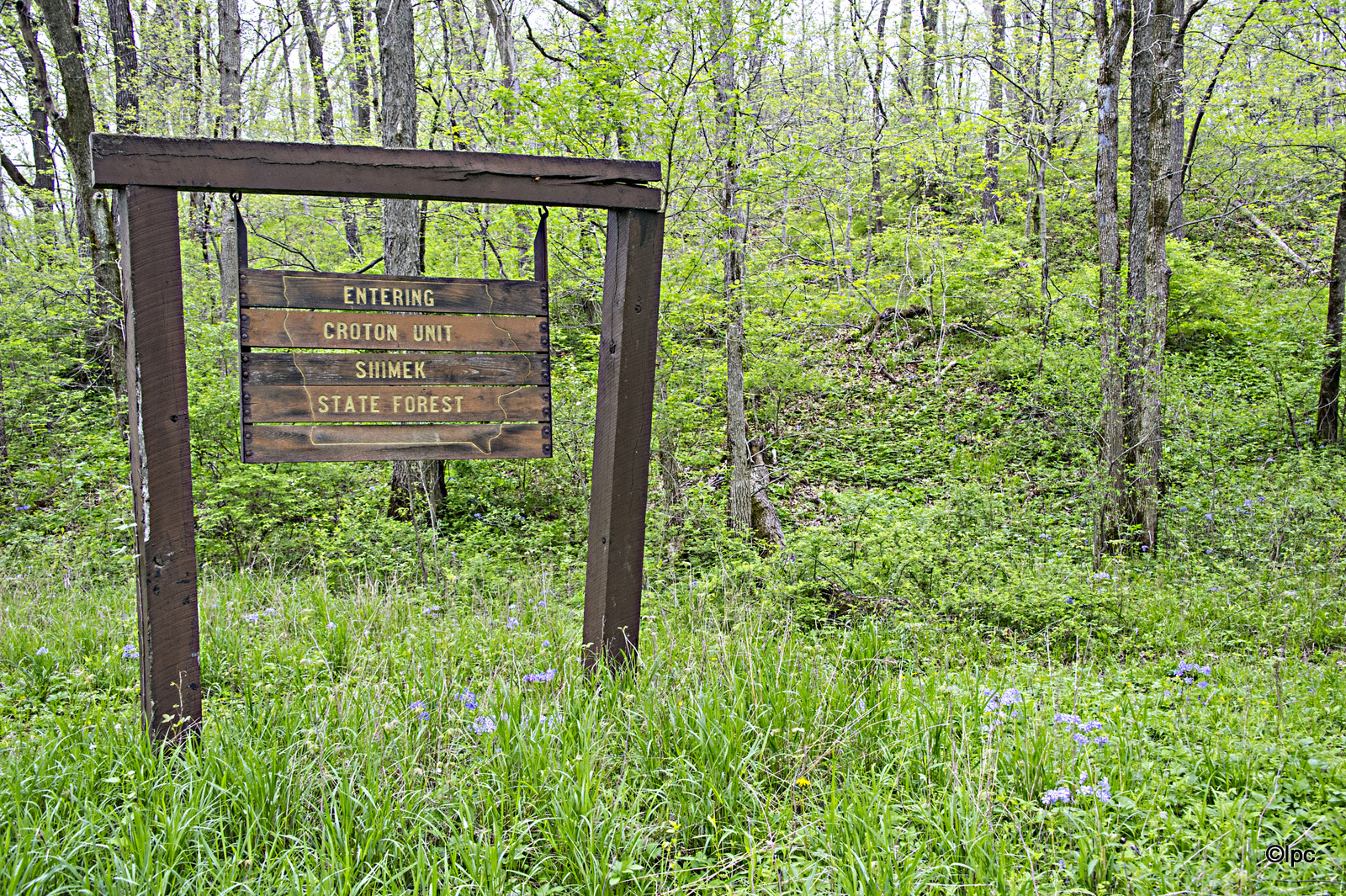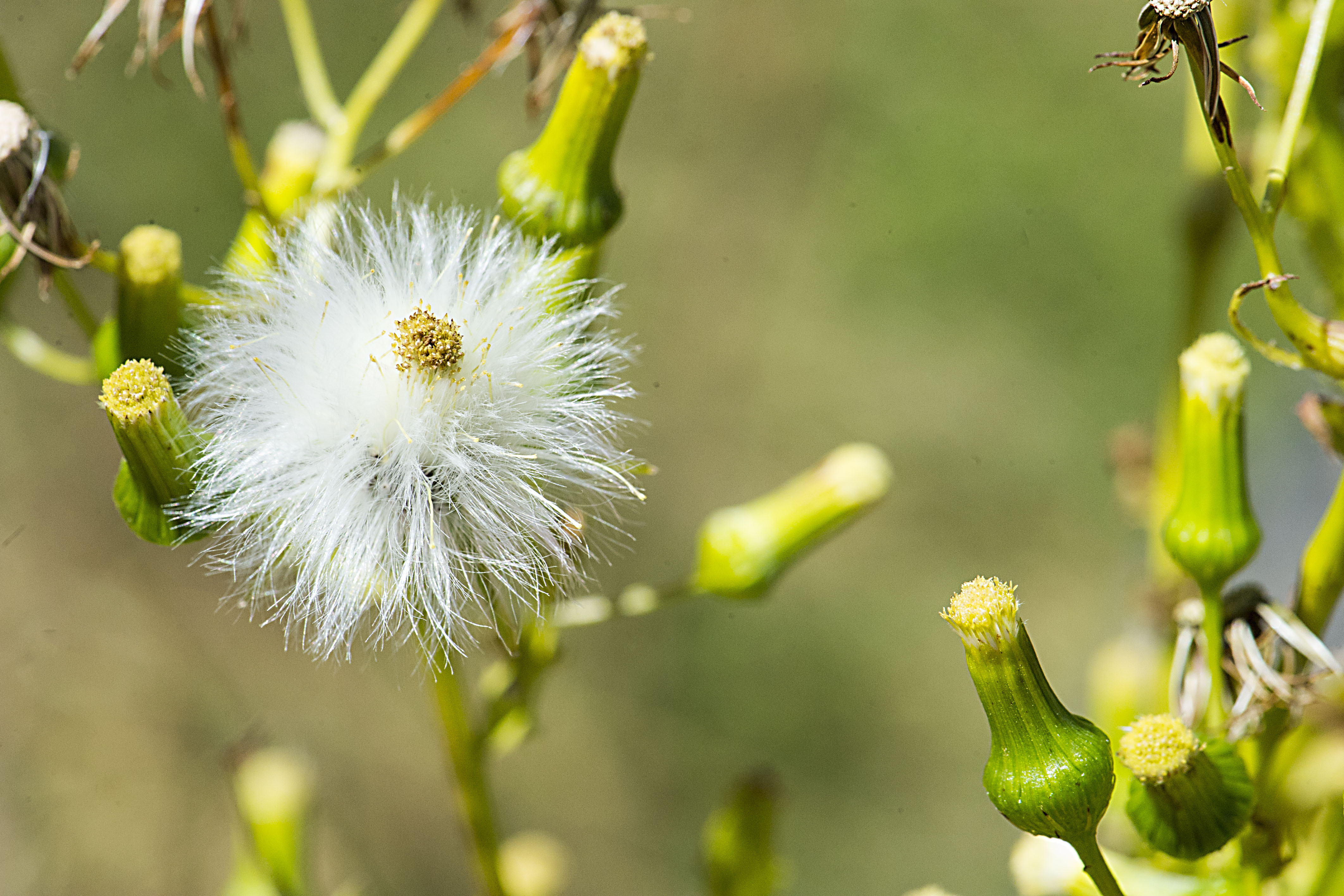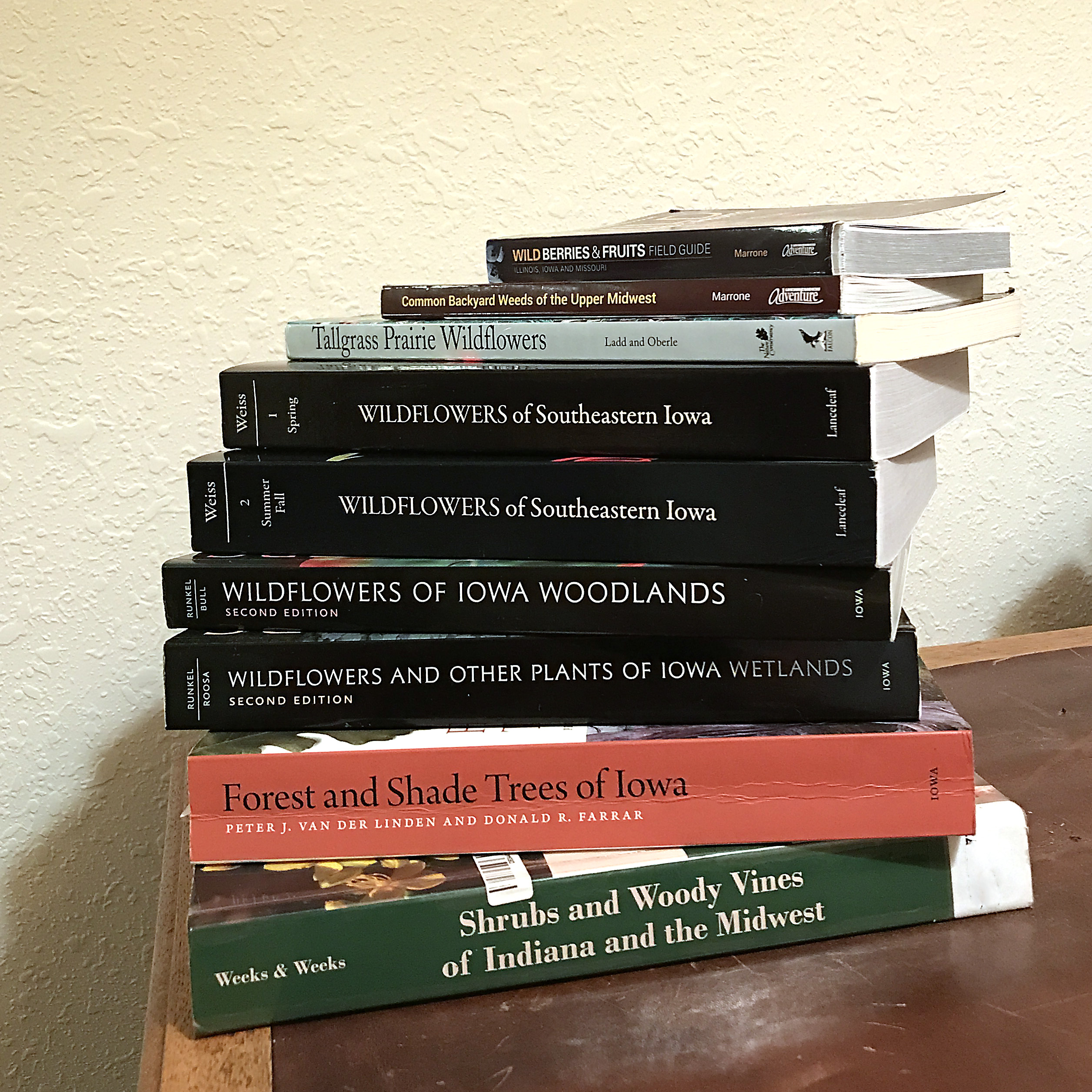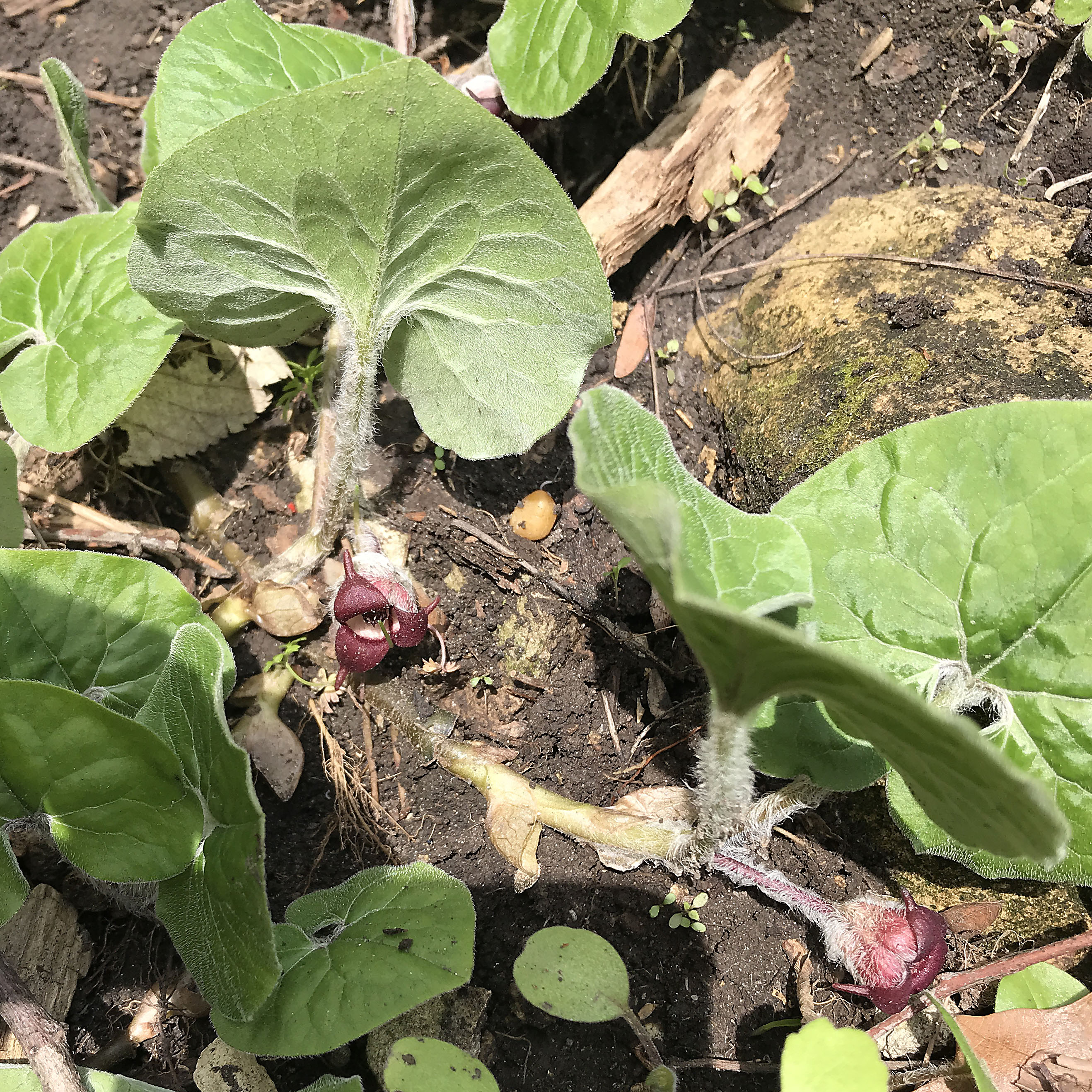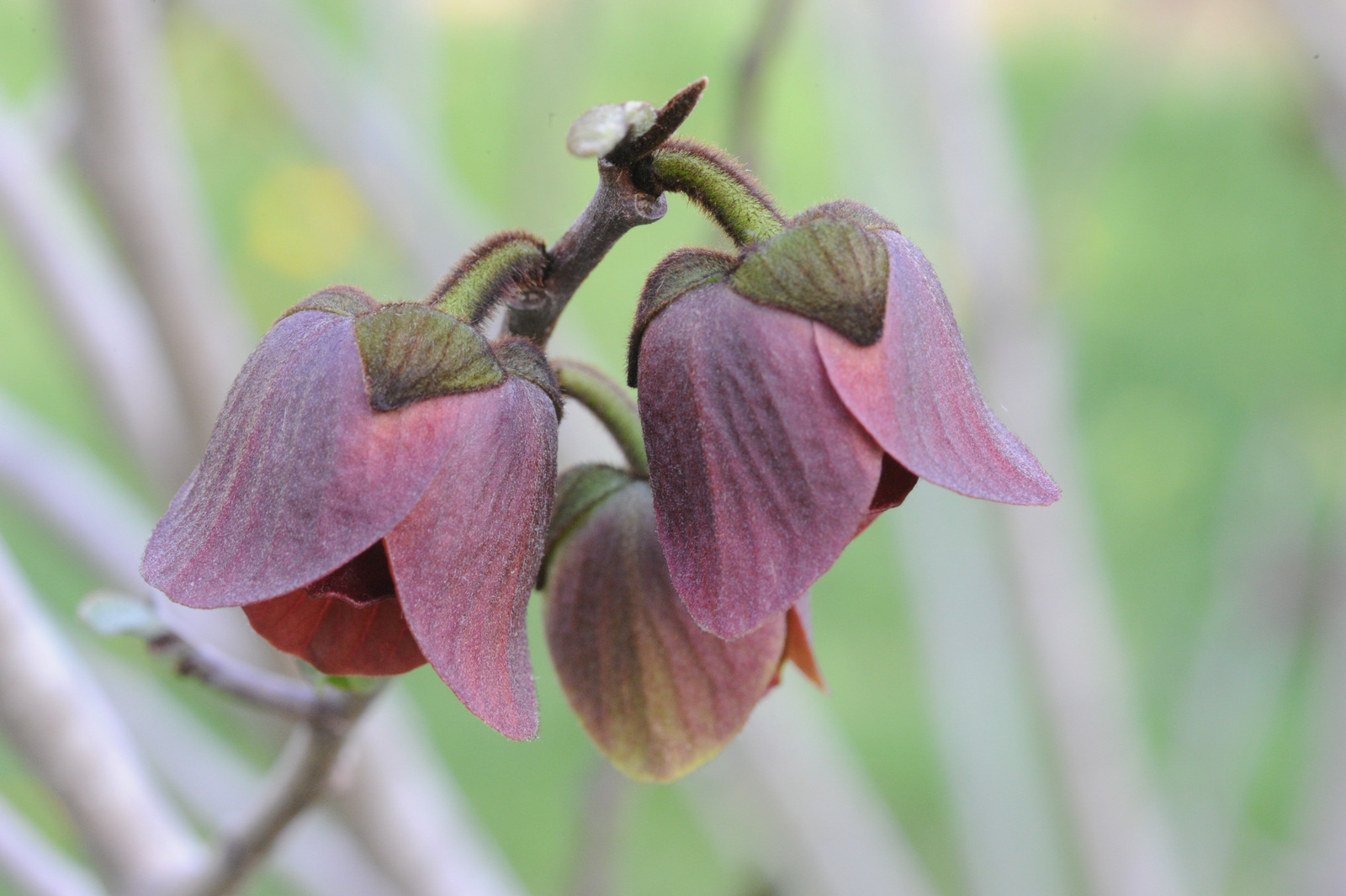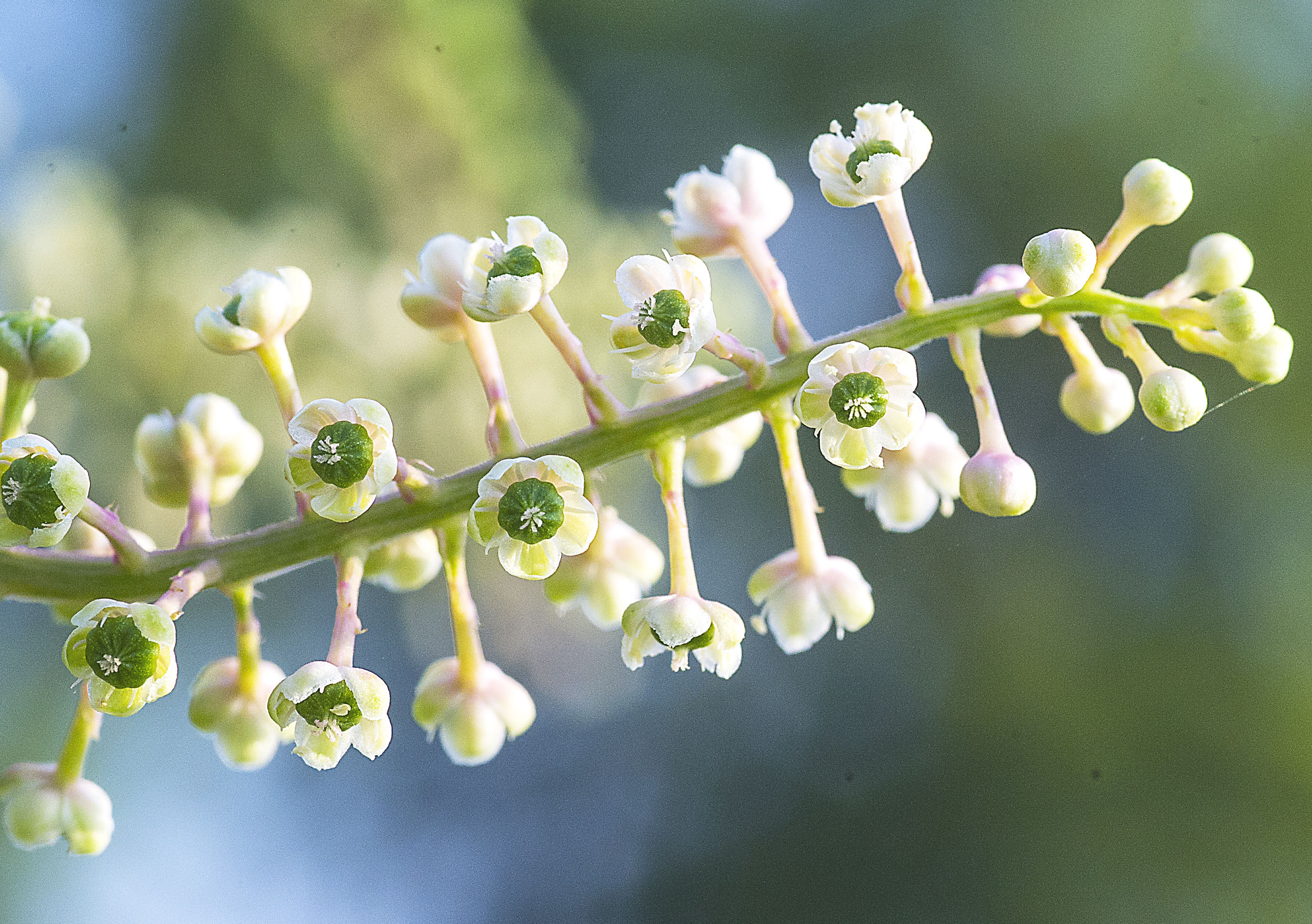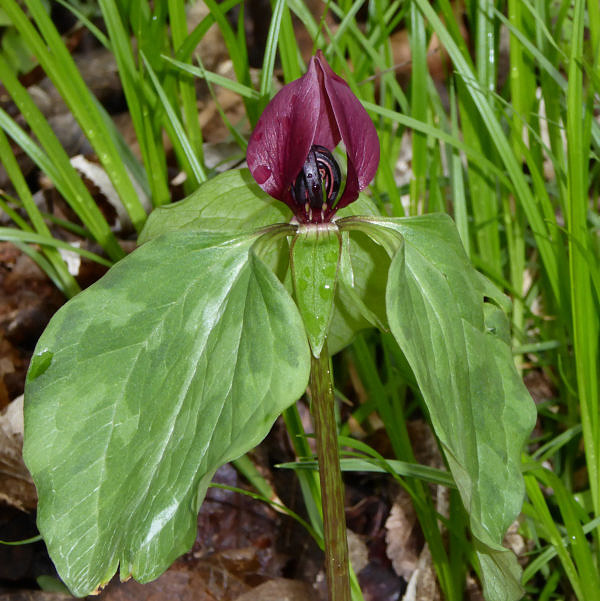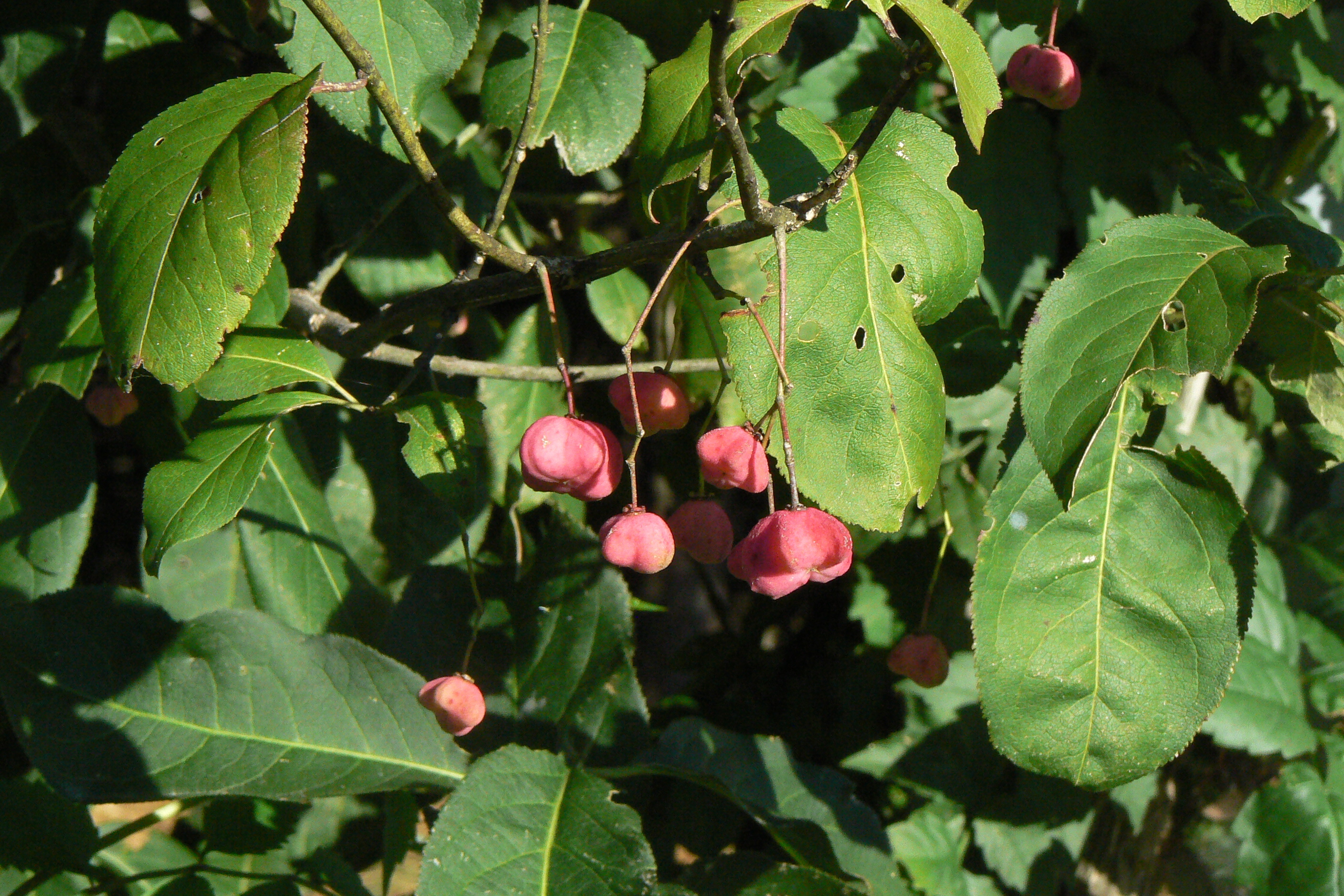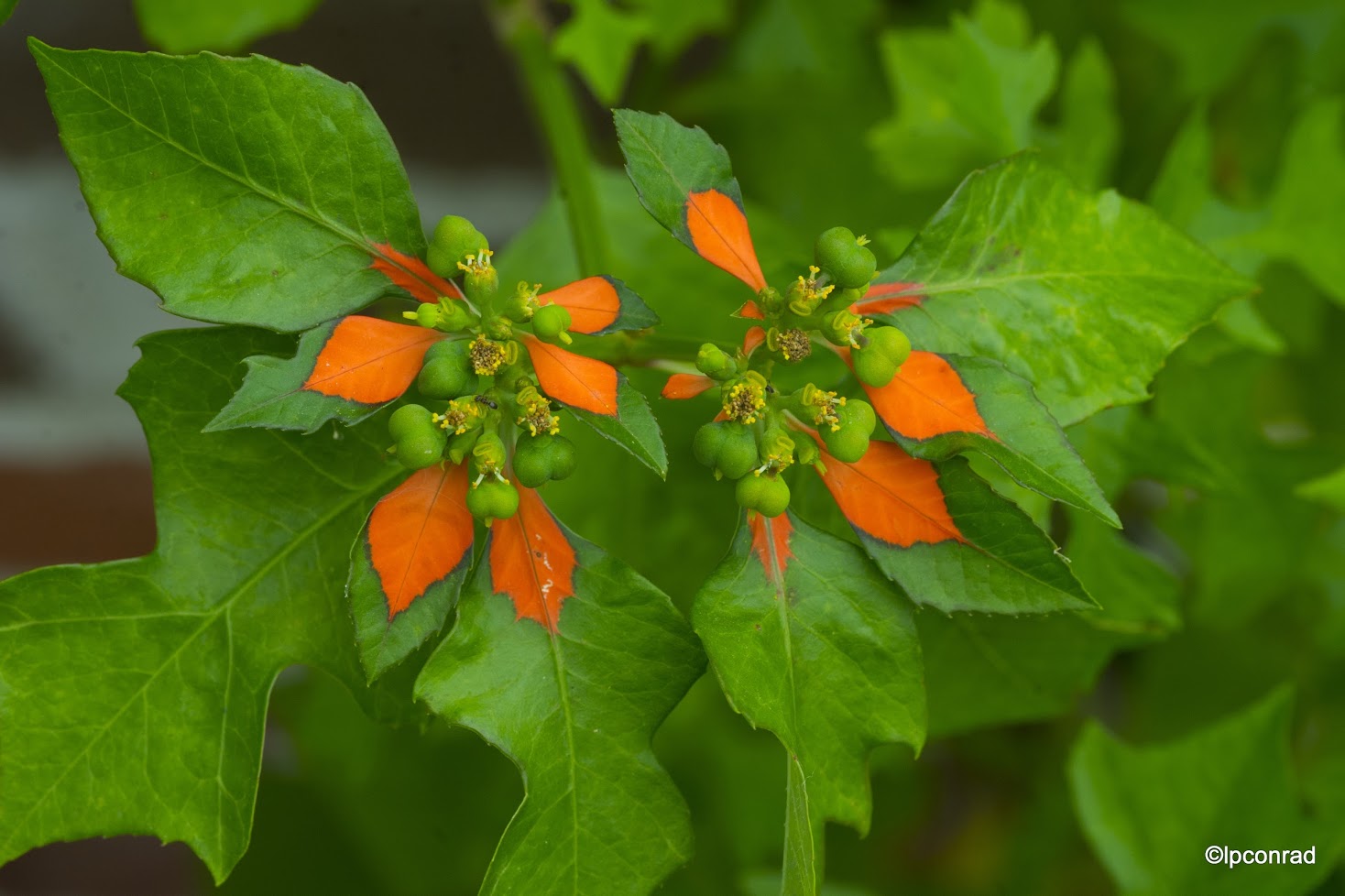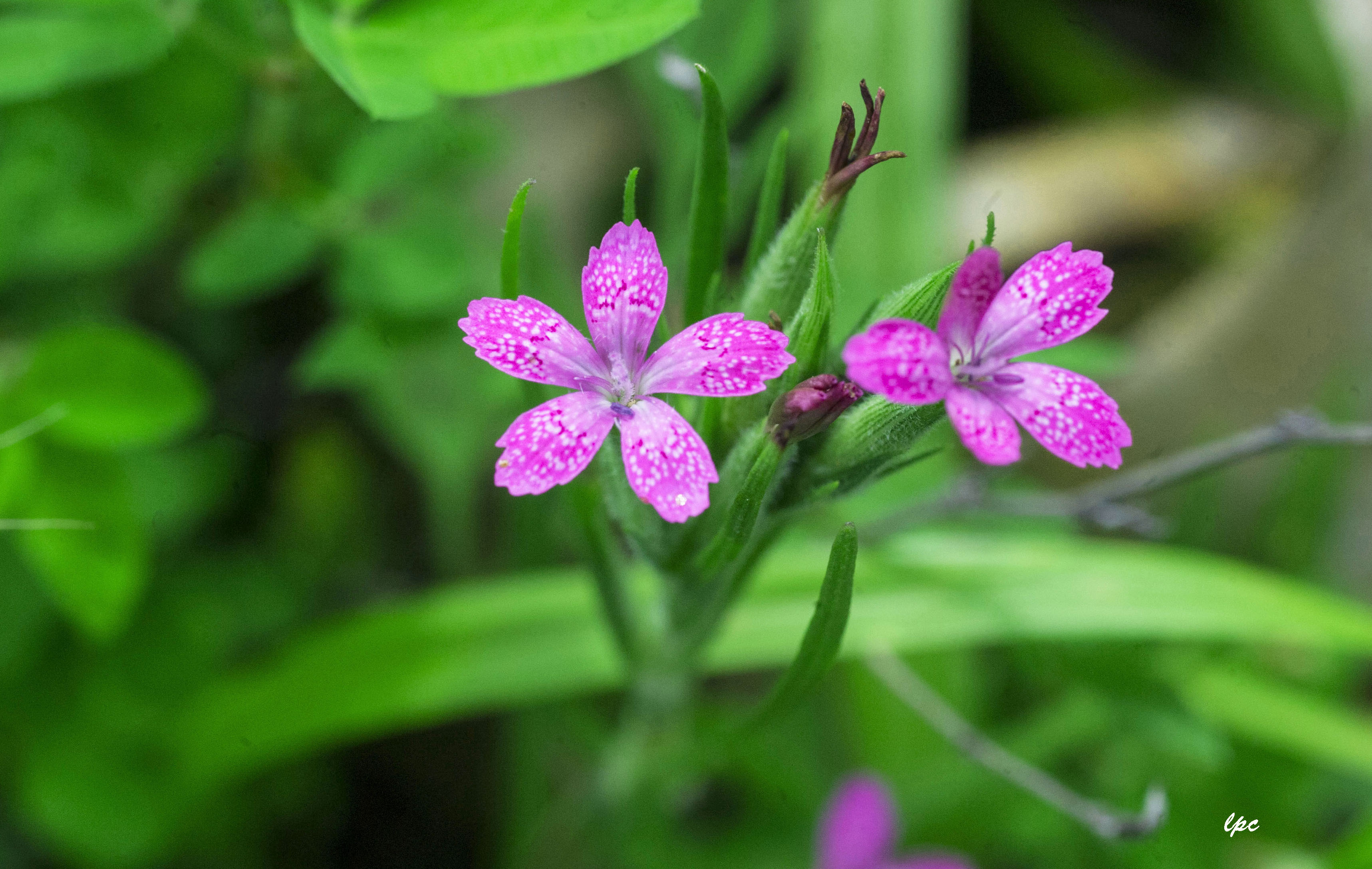Lora Conrad lives on a small farm in Van Buren County.
Sassafras.
One of my favorite smaller trees, Sassafras albidum, is considered native to Iowa. However, it has been found in the wild only in one or two counties along the Mississippi River, one of which is Lee, adjacent to Van Buren where I set out two in my yard.
Sassafras is prevalent across the southeast and northeast, including adjacent Missouri and Illinois. It is a member of the Laurel family. The origin of the name is believed to be a mispronunciation by 16th century European explorers of the botanical family Saxifrage. Here is a map showing its native areas from BONAP:
Continue Reading...
